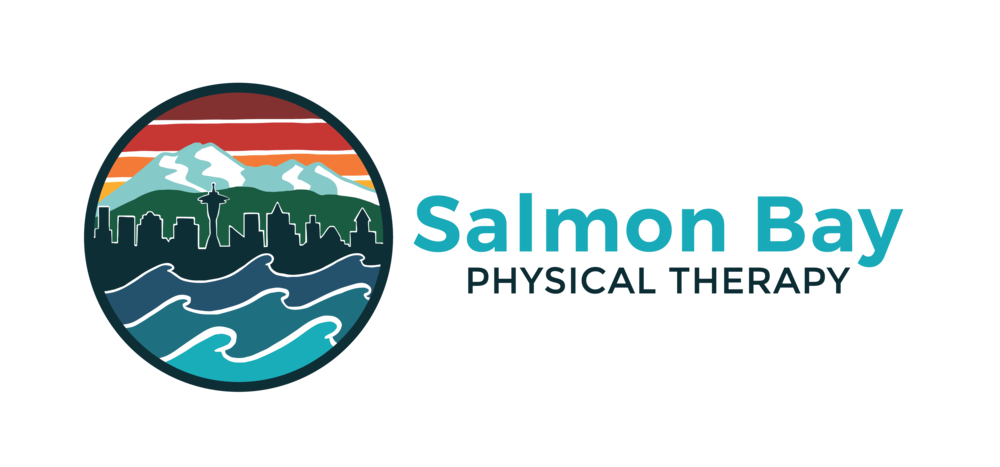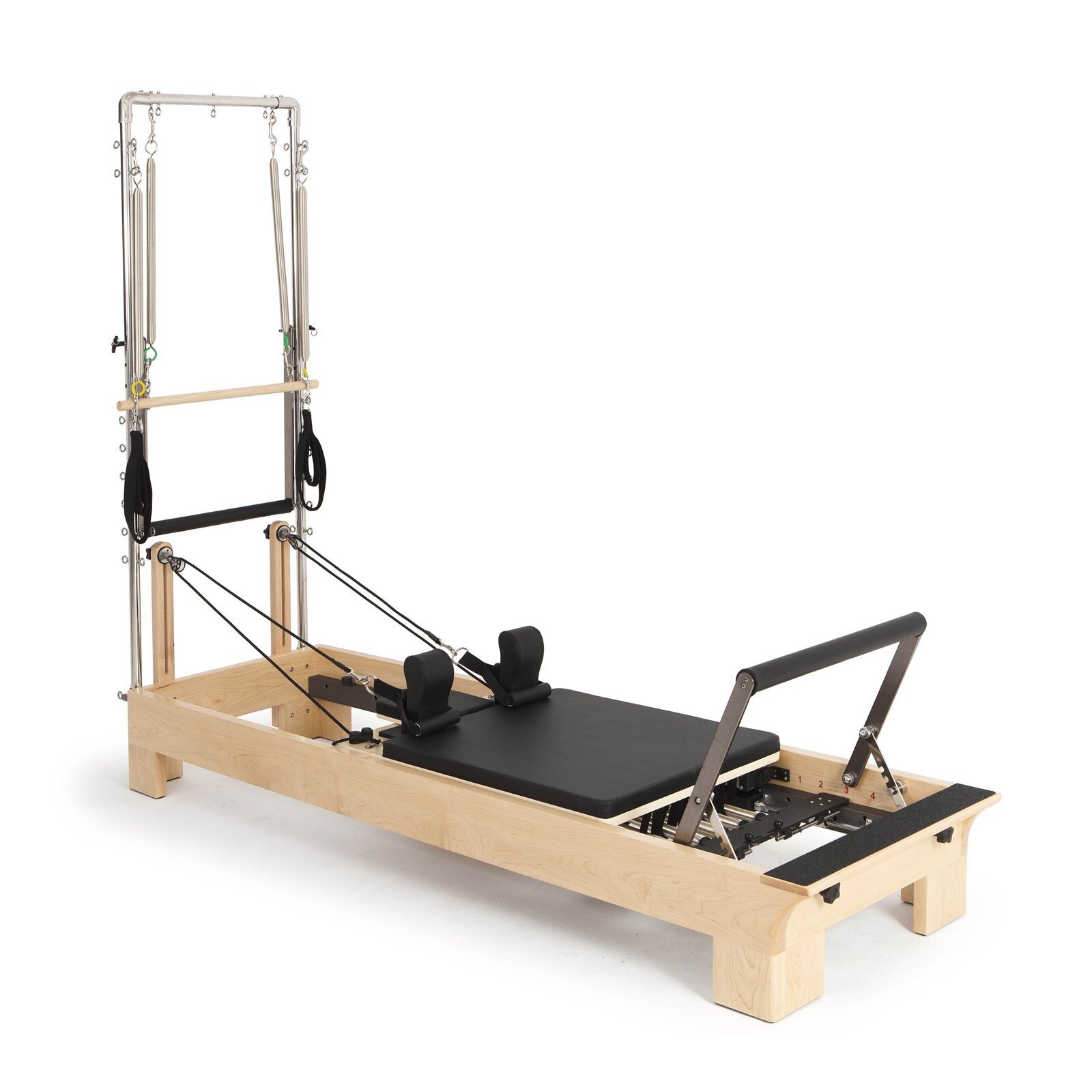The five basic principles developed by STOTT Pilates are breathing, pelvic placement, rib cage placement, scapular (shoulder blade) movement and stabilization and head and cervical (neck) placement. They work together to create Intelligent Exercise that is both safe and effective for injury prevention and recovery from injury.
1. Breathing:
The STOTT Pilates breath pattern expands the ribcage out to the sides, without allowing the shoulders to lift. It allows for breath into the lower part of your lunges, resulting in more efficient gas exchange. Inhale is achieved through the nose filling the belly, and exhale through pursed lips as if blowing out a candle. Breathing can also facilitate movement, where an inhale can facilitate an extended or straightened position and an exhale can facilitate a flexed or curled position.
2. Pelvic Placement:
STOTT Pilates emphasizes stabilization of the pelvis and lumbar spine in either a neutral or imprinted position. Neutral maintains the normal curve of the lower back and the surface you are laying on. This position provides relaxation for the muscles. In the imprinted position the lower back is moving towards the mat and the natural space between your back and the surface is slightly flattened. This position is often used for “safety” for people with special conditions such as excessive lordosis or spinal stenosis.
3. Rib Cage Placement:
The rib cage position affects the alignment of the upper spine. It is the rotational center of your spine. When lying on your back in a neutral position the rib cage should have a sense of weight gently resting on the mat. You do not want to push your rib cage up towards the ceiling or down into the mat. It should rest centered and balanced over your neutral pelvis. Pay particular attention to the placement of your rib cage when inhaling or while performing arm movements as it will often flare out of position.
4. Scapular Movement and Stabilization:
Stabilization of your scapulae (shoulder blades) on the back of the rib cage is as important as contracting your abdominals during initiation of exercise. This will help you avoid straining through your neck and upper upper shoulders. You want to make sure you do not round your shoulders forward or squeeze them together towards the spine. Shoulders should not be lifted too far up towards the ears, or over-depressed down away from the ears. They should feel relaxed and tension-free in optimal placement
5. Head and Cervical Placement:
The cervical spine (neck) should hold its natural curve with your head balanced directly above your shoulders when lying, sitting and standing. In some cases a small pillow may be needed under the head or neck to find the neutral position. If any other part of your spine is off, your head will respond to correct your gaze forward, throwing the rest of the body out of alignment.
These five principles of alignment can help you in a lying, sitting or standing position. Re-center yourself whenever possible to bring the forces of gravity acting on your body to a minimum to allow pain and pressure relief for your spine and extremities. A STOTT Pilates trained therapist or instructor can help you find and master these five principles to get you on the road to recovery.



